Volvo has long been synonymous with safety, luxury, and Scandinavian design, but in recent years, the Swedish automaker has aggressively embraced electrification. Hybrid cars represent a key pillar in Volvo’s strategy to transition toward a fully electric future by 2030, blending the efficiency of electric power with the reliability of traditional gasoline engines.
If you’re considering a Volvo hybrid, whether for its eco-friendly credentials, performance, or advanced tech, there’s a lot to unpack. In this comprehensive guide, we’ll dive deep into everything you need to know—from how these vehicles work and which models are available, to their costs, reliability, specs, pros and cons, and much more. We’ll answer common questions like “Does Volvo make hybrid cars?” (spoiler: yes, and plenty of them) and explore why they might be the perfect fit for your lifestyle.
Does Volvo make hybrid cars? An overview of Volvo’s hybrid lineup
Absolutely, Volvo produces a wide range of hybrid vehicles, and they’ve been at it for over a decade. The company first introduced plug-in hybrid technology in 2012 with models like the V60 Plug-in Hybrid, but today’s lineup is more refined and expansive. Volvo categorizes its hybrids into two main types: mild hybrids (often just called “gas hybrids” or “mild-hybrids”) and plug-in hybrids (branded as “Recharge” models).
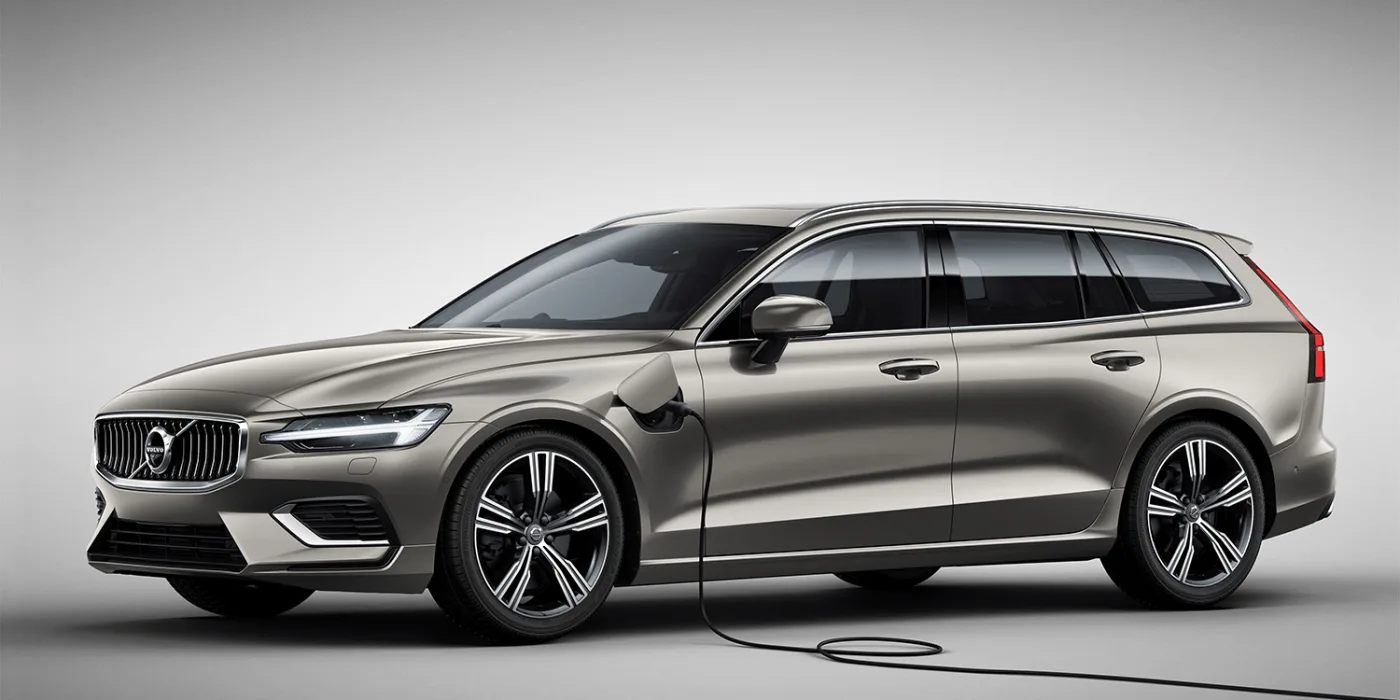
Mild hybrids are the entry point into Volvo’s electrified world, available across most of their sedans, wagons, and SUVs. These aren’t full hybrids—they can’t run on electricity alone—but they use a small electric system to boost efficiency and performance. Plug-in hybrids (PHEVs), on the other hand, offer true electric-only driving for shorter trips, making them ideal for commuters who can charge at home or work.
As of 2025, nearly every Volvo model has a hybrid variant, reflecting the brand’s commitment to sustainability. This shift started in earnest around 2019 when Volvo announced all new models would be electrified. Today, hybrids make up a significant portion of their sales, especially in markets like the US where fuel efficiency and emissions regulations are tightening. If you’re shopping, you’ll find hybrids in everything from compact crossovers to full-size luxury SUVs.
How do Volvo hybrid cars work?
Understanding the mechanics behind Volvo hybrids is crucial to appreciating their benefits. Let’s break it down step by step, covering both mild and plug-in varieties.
Mild hybrids: the subtle boost
Volvo’s mild hybrids integrate a 48-volt battery and an electric motor (often called an integrated starter generator) with a traditional gasoline engine. Unlike full hybrids, the electric motor doesn’t propel the car on its own—it’s there to assist the gas engine. Here’s how it operates:
- Regenerative Braking: When you brake or coast, the system captures kinetic energy that would otherwise be lost as heat and stores it in the 48V battery. This energy is then used to power accessories or give the engine a quick boost during acceleration.
Powertrain Assistance: The electric motor helps the engine start more smoothly (eliminating the need for a traditional starter), reduces turbo lag, and provides extra torque for better fuel efficiency. For example, in models like the XC60 mild hybrid, this setup improves MPG by about 15-20% compared to non-hybrid versions. - Driving Modes: Most mild hybrids offer modes like Eco, Comfort, and Dynamic, which adjust throttle response and energy use. There’s no pure electric mode, but the system seamlessly blends power sources for a refined drive.
- Benefits: These systems are self-charging (no plugging in required), lighter than full hybrids, and cheaper to produce, which keeps costs down. They also reduce emissions by optimizing engine performance.
In essence, mild hybrids make your gas engine smarter and more efficient without the complexity of a full EV setup.
Plug-in hybrids (recharge models): the best of both worlds
Volvo’s PHEVs take things further with a larger battery (typically 18-20 kWh) that can be charged via a wall outlet or public station. The “T8” powertrain is common here, combining a turbocharged 2.0-liter four-cylinder gas engine with an electric motor for all-wheel drive (eAWD).
Powertrain Breakdown: The gas engine handles long-range duties, while the rear-mounted electric motor (around 145 hp) powers the wheels independently or in tandem. Total output often hits 455 combined horsepower and 523 lb-ft of torque, making these hybrids surprisingly quick—0-60 mph in under 5 seconds for many models.
Driving Modes: PHEVs shine with multiple modes:
- Pure Electric: Up to 35-41 miles of zero-emission driving (depending on the model), perfect for city commutes.
- Hybrid: Automatically switches between gas and electric for optimal efficiency.
- Power: Maximizes performance by using both power sources.
- AWD: Engages all-wheel drive for better traction in slippery conditions.
Regenerative braking recharges the battery on the go, and you can “hold” charge for later use.
- Charging: Home charging takes 3-5 hours on a Level 2 charger; public fast chargers can top up quicker. Unlike mild hybrids, PHEVs require plugging in to maximize electric range.
- Benefits: Lower fuel costs (up to 70 MPGe in electric mode), reduced emissions, and tax incentives. For instance, the XC90 Recharge can save hundreds of gallons of gas annually compared to its gas-only counterpart.
Volvo hybrids prioritize seamless integration— you won’t notice the transitions between power sources, but you’ll feel the smoothness and efficiency.
Which Volvo cars are hybrid? Models and detailed specs
Volvo’s hybrid offerings span sedans, wagons, and SUVs. Here’s a breakdown of the 2025 lineup, drawing from current pricing and specs. Note that availability can vary by region, and prices include destination fees but exclude taxes and incentives.
Mild hybrid models
These are standard on most Volvos, starting with the B5 (247 hp) or B6 (295 hp) engines.
S60: A sporty compact sedan.
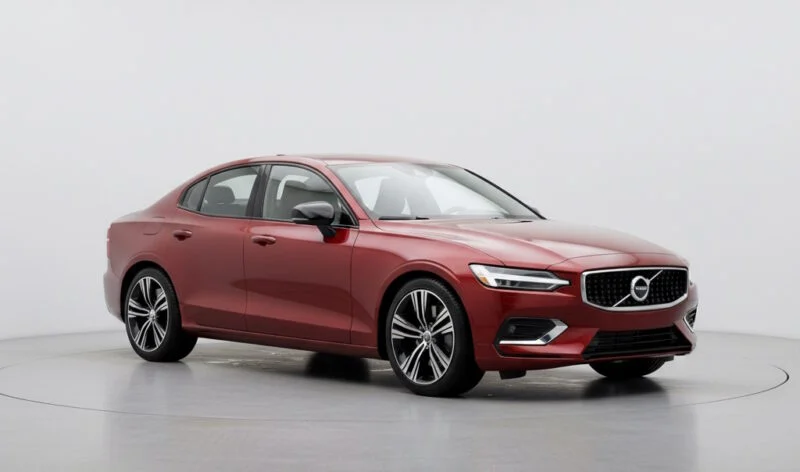
- Engine: 2.0L turbo I4 with 48V mild hybrid.
- Performance: 247-295 hp, 0-60 mph in 6.4 seconds (B5).
- Fuel Economy: 26/35 mpg city/highway.
- Starting MSRP: $42,600.
- Safety: Standard Volvo Pilot Assist (semi-autonomous driving), blind-spot monitoring, adaptive cruise.
- Interior/Tech: 9-inch touchscreen, Google built-in infotainment, premium audio.
- Unique: Agile handling for a luxury sedan; optional Polestar Engineered trim for more power.
S90: Full-size luxury sedan.
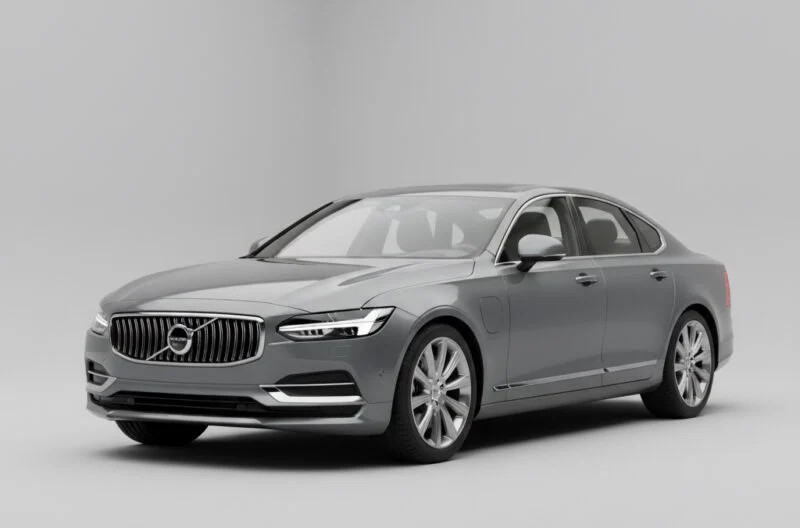
- Engine: Similar 2.0L with mild hybrid.
- Performance: Up to 295 hp, 0-60 in 6.2 seconds.
- Fuel Economy: 23/32 mpg.
- Starting MSRP: $58,300.
- Safety: 360-degree camera, collision avoidance.
- Interior/Tech: Bowers & Wilkins sound, massaging seats.
- Unique: Spacious rear legroom; focuses on comfort over sportiness.
V60 Cross Country: rugged wagon.
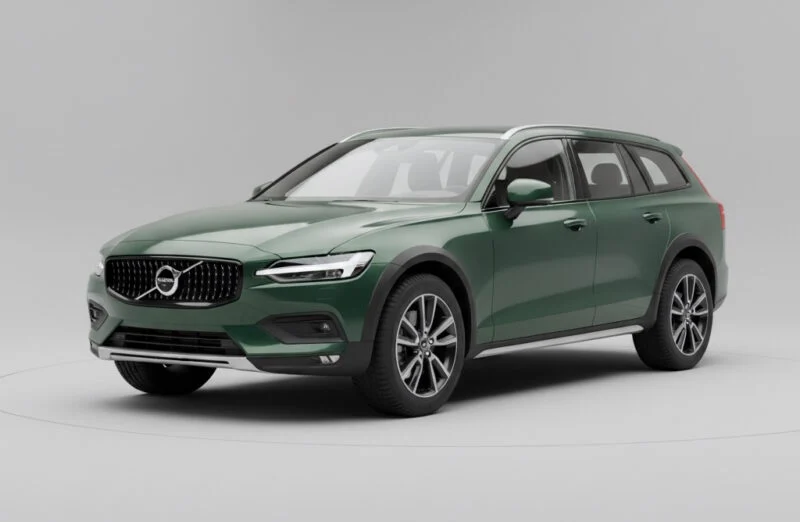
- Specs similar to S60 but with AWD standard.
- Fuel Economy: 24/31 mpg.
- Starting MSRP: Around $50,000.
- Unique: Higher ground clearance for light off-roading.
XC40: Compact SUV.
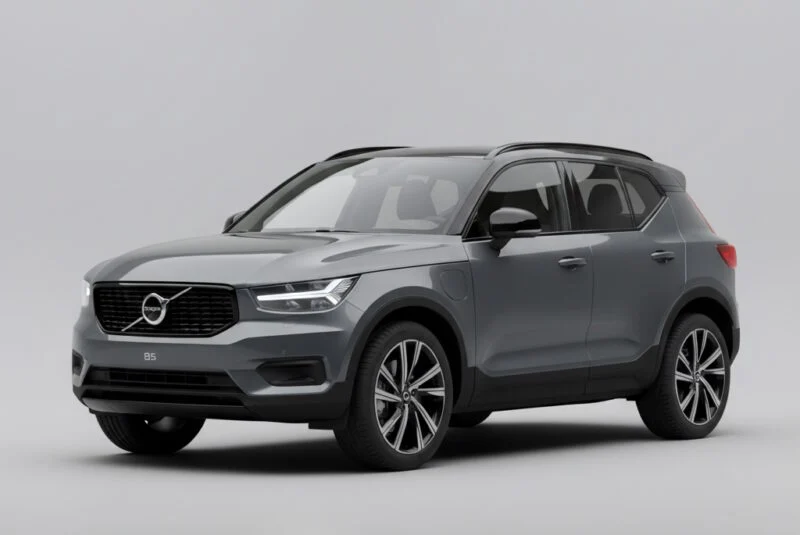
- Engine: B5 mild hybrid.
- Performance: 247 hp, 0-60 in 6.1 seconds.
- Fuel Economy: 24/30 mpg.
- Starting MSRP: $41,000 (estimated).
- Unique: Boxy design with clever storage; wireless charging.
XC60: Mid-size SUV, Volvo’s bestseller.
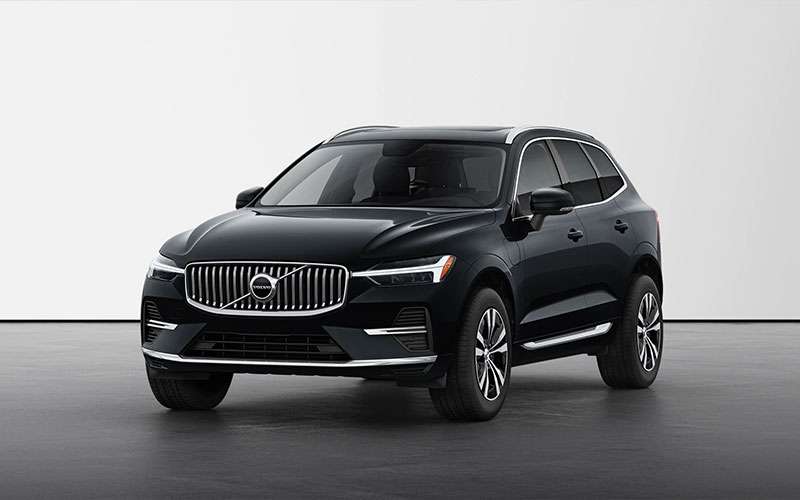
- Engine: B5 or B6.
- Performance: Up to 295 hp.
- Fuel Economy: 22/28 mpg.
- Starting MSRP: $47,000+.
- Safety: Top IIHS ratings; cross-traffic alert.
- Interior/Tech: Panoramic roof, Apple CarPlay.
- Unique: Balanced ride; Black Edition for sporty looks.
XC90: Flagship three-row SUV.
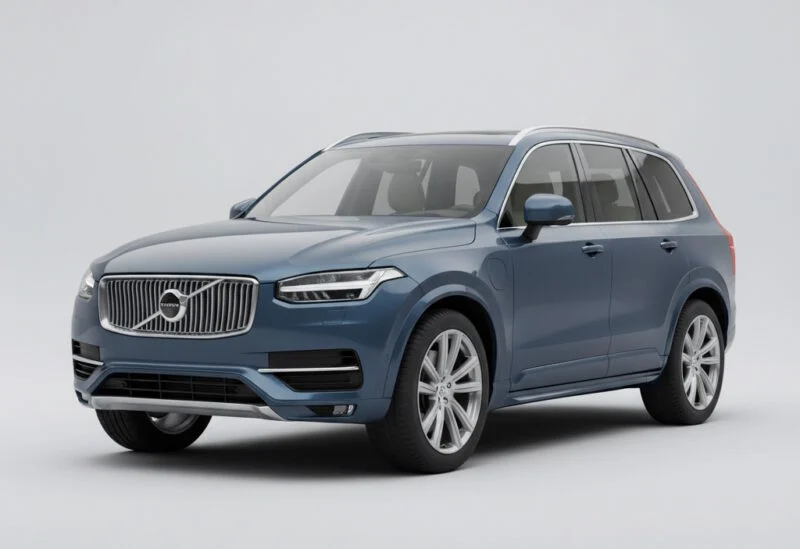
- Engine: B5 or B6 mild hybrid.
- Performance: 250-295 hp.
- Fuel Economy: 22/27 mpg.
- Starting MSRP: $58,695.
- Safety: Adaptive headlights, run-off road mitigation.
- Interior/Tech: Third-row seating, air suspension option.
- Unique: Towing up to 5,000 lbs; family-focused luxury.
Plug-in hybrid models (Recharge)
These offer electric range and higher power.
S60 Recharge: PHEV sedan.
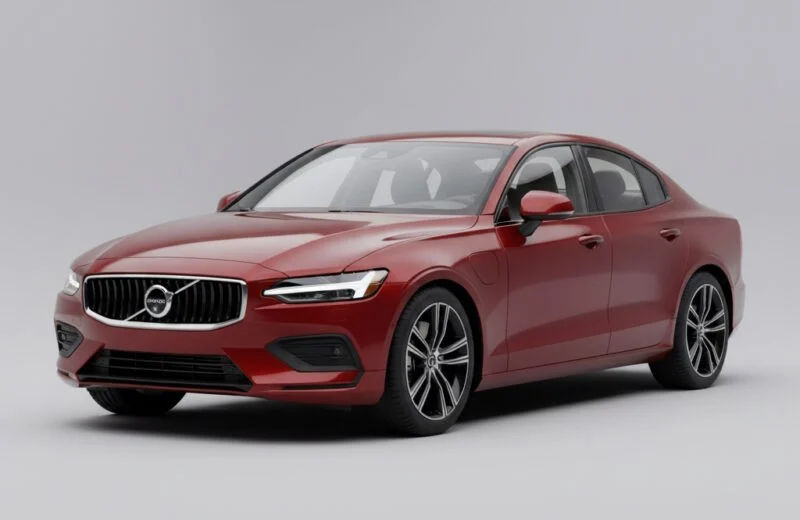
- Engine/Battery: 2.0L turbo + 18.8 kWh battery.
- Electric Range: Up to 41 miles.
- Fuel Economy: 74 MPGe combined.
- Performance: 455 hp combined, 0-60 in 4.3 seconds.
- Starting MSRP: $52,100.
- Unique: Sporty dynamics; Polestar option.
S90 Recharge: Larger PHEV sedan.
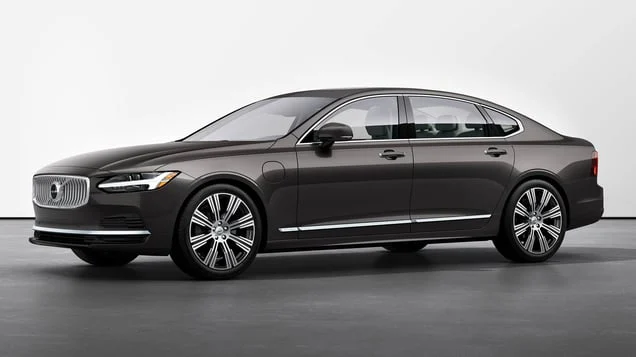
- Similar specs to S60 Recharge.
- Electric Range: ~38 miles.
- Starting MSRP: $66,235 (estimated).
- Unique: Executive-level comfort.
XC60 Recharge: PHEV SUV.
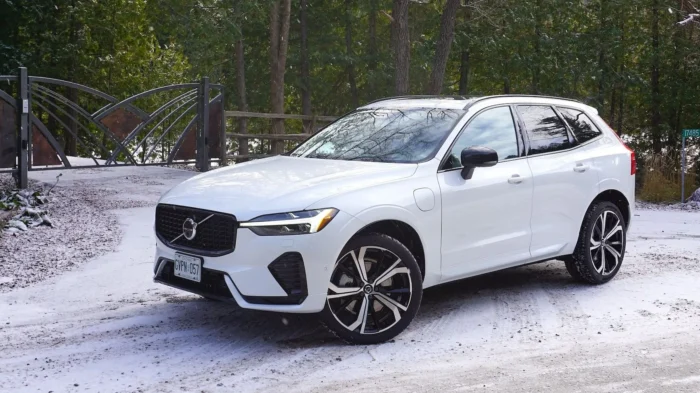
- Battery: 18.8 kWh.
- Electric Range: 35 miles.
- Fuel Economy: 63 MPGe.
- Performance: 455 hp.
- Starting MSRP: $59,345.
- Safety: Excellent crash ratings.
- Unique: Versatile for families.
XC90 Recharge: Three-row PHEV.
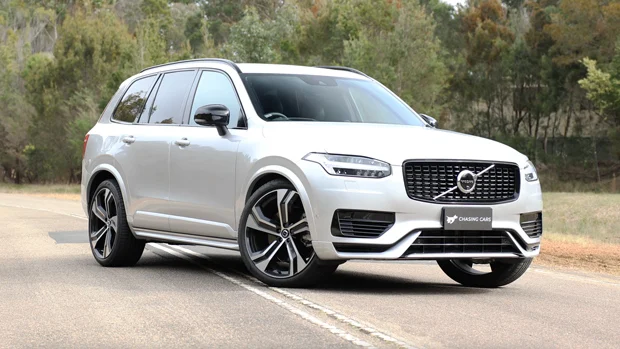
- Electric Range: 32-35 miles.
- Fuel Economy: 58 MPGe.
- Performance: 455 hp, 0-60 in 5.0 seconds.
- Starting MSRP: $73,195.
- Towing: Up to 5,000 lbs.
- Unique: Air suspension for smooth rides; seven-seater option.
Volvo also offers the V60 Recharge in some markets, but it’s less common in the US.
Cost of Volvo hybrid cars: what to expect?
Hybrids command a premium over gas-only models, but incentives can offset this. Mild hybrids start around $42,000 (S60), while PHEVs begin at $52,000 (S60 Recharge) and climb to $83,000+ for loaded XC90 Recharge Ultra. Factor in federal tax credits (up to $7,500 for PHEVs if they qualify) and state rebates.
Ownership costs are lower thanks to better MPG—expect to save $1,000+ annually on fuel. Maintenance is similar to gas cars, but battery warranties (8-10 years) provide peace of mind.
Are they reliable?
Volvo hybrids enjoy a strong reputation for reliability, backed by robust engineering and extensive warranties. Consumer Reports and J.D. Power often rate models like the XC60 and XC90 highly, with few major issues reported. User experiences on forums highlight durability—one XC90 PHEV hit 500,000 km with original battery, though failures can occur in older models.
Common praises include solid build quality and minimal downtime; criticisms are rare but include occasional software glitches or higher repair costs due to complexity. Overall, they’re as reliable as any luxury vehicle, with Volvo’s safety focus extending to long-term dependability.
Pros and cons of Volvo hybrids
Pros:
- Exceptional safety features (e.g., Pilot Assist, automatic emergency braking).
- Strong performance with instant electric torque.
- Fuel savings and lower emissions.
- Luxurious interiors with high-quality materials.
- Smooth, quiet rides, especially in electric mode.
- Good resale value.
Cons:
- Higher upfront cost compared to non-hybrids.
- Limited electric range in PHEVs for long trips.
- Potential for complex repairs (though rare).
- Heavier weight affects handling slightly.
- Charging infrastructure needed for PHEVs.
Environmental impact and efficiency
Volvo hybrids reduce CO2 emissions by 20-50% versus gas models, depending on usage. PHEVs can run emission-free in cities, and mild hybrids cut fuel use through smart energy recovery. Real-world efficiency: 30-40 mpg for mild, 50-70 MPGe for PHEVs.
Maintenance and ownership tips
Routine maintenance mirrors gas cars—oil changes every 10,000 miles, but hybrids add battery checks. Volvo’s Care app tracks health. For PHEVs, install a home charger for convenience. Test drive multiple modes to see what fits your routine.
Future of Volvo hybrids
With Volvo going all-electric by 2030, hybrids are a bridge. Expect more advanced batteries and longer ranges in coming years.
In summary, Volvo hybrids offer a compelling mix of luxury, efficiency, and innovation. Whether you’re drawn to the mild hybrid’s simplicity or the PHEV’s versatility, they’re worth considering for anyone seeking a greener drive without sacrificing performance. If you’re ready to buy, visit a dealer for a test drive— the experience speaks for itself.

Leave a Reply
You must be logged in to post a comment.